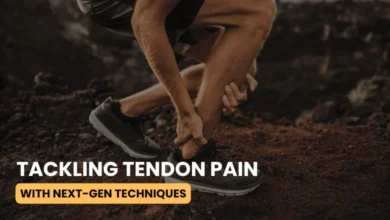4 Options for Whiter Teeth
Teeth come into contact with the food and drink that we consume daily, so it’s no surprise that they can become stained over time. Tooth staining does not necessarily mean that you have a bad diet – drinking coffee or tea without any sugar isn’t bad for the health of your teeth, for example, but it can cause them to become stained and discoloured. The good news is that there is a wide range of tooth whitening products and services to consider. Here are some of the most popular ways to remove stains and whiten your teeth.
Dental Treatments:
The safest and most effective way to whiten your teeth is to have It done by your dentist. Although this will not usually be the cheapest option, it is often the most effective since dentists are permitted to use treatment types that you will not find over the counter or online. A whitening treatment from a dentist will usually involve using carbamide peroxide to bleach your teeth. Learn more about this treatment from Lifestyle Smiles.
At-Home Treatments Provided by a Dentist:
If you would prefer to whiten your teeth at home, your dentist can also help with this. Many dentists will offer whitening treatments that they will prepare for you to take home and apply to your teeth at a time that is convenient for you. They will also be able to provide you with a custom-fit tray that you can use with the whitening treatment and will be on hand to answer any questions or address any concerns that you might have.
Over-the-Counter Whitening Treatments:
You can also find a range of over-the-counter whitening treatments that are sold in various stores and online. However, since anybody can buy these products, it’s important to note that they are not usually as strong compared to the whitening treatment that would be provided by your dentist. Because of this, they may only be useful if you have some light staining issues, and you would be better off seeing the dentist for more stubborn or darker stains.
Whitening Toothpaste:
While whitening toothpaste is unlikely to help you get rid of stubborn stains all by itself, it can be useful to use after having your teeth whitened by the dentist or after a DIY at-home teeth whitening treatment to help you keep your results for longer. Whitening toothpaste is available from a range of different brands. Some will contain a mild abrasive that will help to scrub the stains from the surface of your teeth. You can also use them together with stain scrubber toothbrushes to get the best results.
Tooth stains are quite normal and can happen to anybody due to food and drink. If you drink coffee, tea, or red wine, it’s likely that your teeth will become stained over time as a result. However, whiter teeth are not out of reach as today there are various whitening services and products that you can use, either from your dentist or as a DIY treatment.






